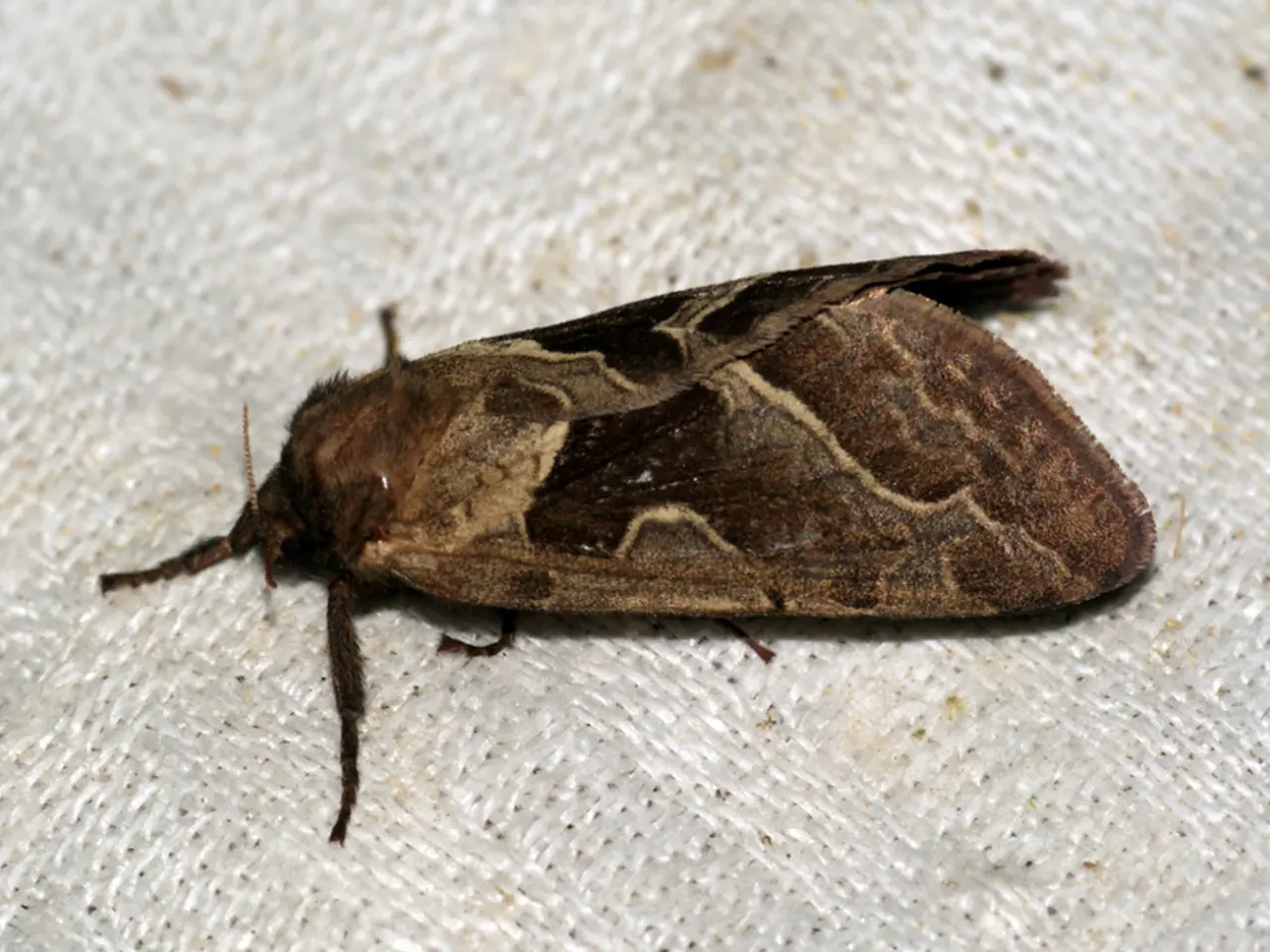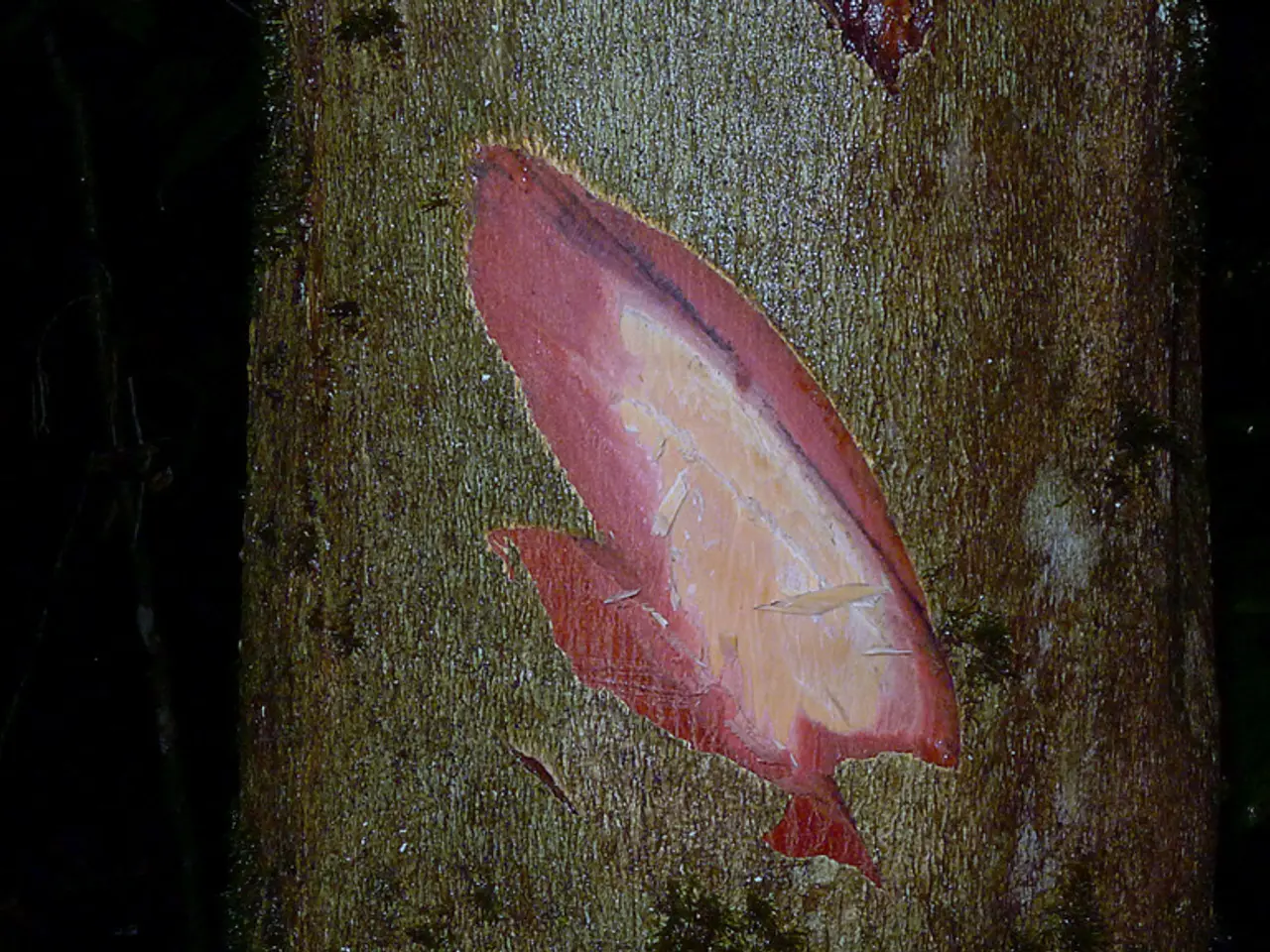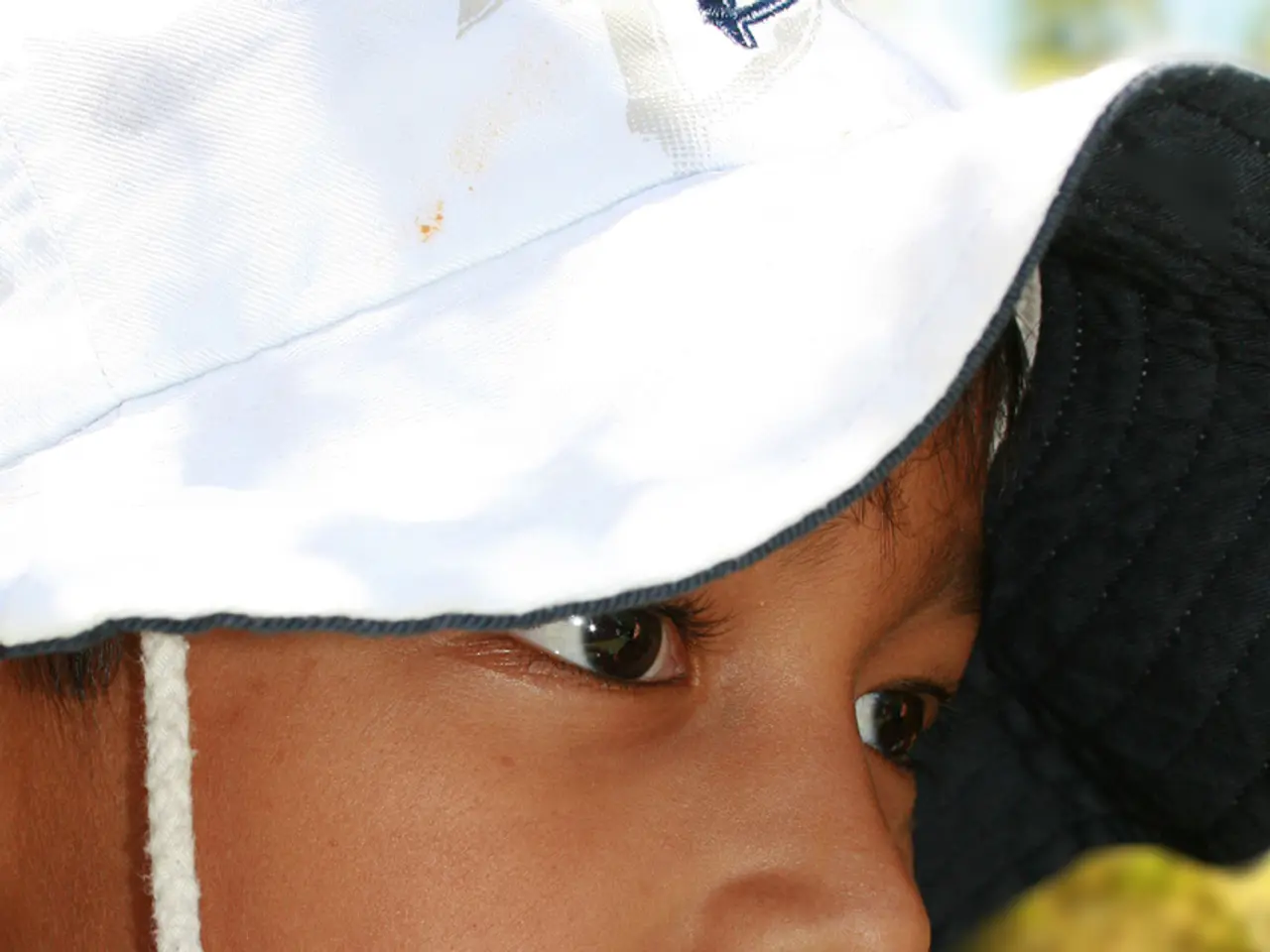Fungal skin infection; root causes, medical solutions, and potential home cures for jock itch.
Jock Itch: An Uncomfortable but Manageable Issue
Got a red, ring-shaped rash down there? You might be dealing with jock itch, a common yet manageable infection caused by fungus or yeast. This rash usually crops up in the genital, buttock, and thigh regions, and it's especially prevalent among athletes and sweaty individuals.
Though jock itch might be itchy and unsightly, it's usually not a major concern. With the right treatment and prevention strategies, you can keep it under control.
Jock itch is similar to other tinea infections, like ringworm, which is another name for the fungal infection tinea cruris. In fact, jock itch is often referred to as ringworm of the groin. Like its counterparts, jock itch occurs due to an overgrowth of tinea fungus, which lives on your skin in tiny amounts but thrives in warm, moist environments.
Causes and Risk Factors
Jock itch is contagious and spreads easily through shared clothing and towels, or on surfaces like exercise equipment. Risk factors for developing jock itch include:
- Men are more likely than women to develop jock itch.
- Overweight individuals have more skin folds, which can create a humid environment for fungal infections like jock itch to thrive.
- Sweating a lot creates a prime environment for fungus to grow.
- Adolescents are more likely to develop jock itch.
- Wearing tight clothing and underwear traps moisture next to the skin, providing a breeding ground for fungus.
- Individuals with weakened immune systems, such as those with diabetes, are more susceptible to developing fungal infections like jock itch.
Symptoms and Diagnosis
Jock itch begins as a flat, red, itchy rash on the inner thighs. As it spreads, it forms a ring-like pattern with a well-defined, red border that may include blisters. The rash often spares the scrotum and may worsen with exercise, not responding to anti-itch creams.
Doctors can usually diagnose jock itch based on the appearance of the rash. In some cases, they may send a sample of the infected skin to a laboratory for further examination.
When to See a Doctor
Although jock itch is generally harmless, it's important to consult a healthcare professional if the rash persists or doesn't respond to over-the-counter treatments.
Treatment and Prevention
Most cases of jock itch can be treated with antifungal creams, sprays, or lotions available over the counter. If these remedies don't work, a doctor may prescribe high-strength antifungal cream or antifungal pills.
Lifestyle Tips
To prevent jock itch, maintain good personal hygiene by keeping your body clean and dry. Staying dry is essential, as moisture is a perfect environment for fungal infections. Dry the inner thighs and groin area after showering and consider using powder to absorb moisture after exercise.
Avoid tight-fitting clothing and underwear, as they trap moisture next to your skin. Wearing loose boxers instead of briefs can help keep fungus at bay. Furthermore, change your underwear daily and avoid sharing clothing and towels with others to minimize the risk of infection.
If you use exercise equipment, clean it before use to kill any remaining fungus. And if you're in a communal area like a gym or locker room, wear sandals to avoid coming into contact with infected surfaces.
With the right hygiene practices and treatment, you can keep jock itch at bay and stay itch-free.
Insights:
- Jock itch is commonly found in warm, moist areas of the body such as the groin, inner thighs, and buttocks.
- The red, ring-shaped rash associated with jock itch is caused by the same fungus that causes athlete's foot and barber's itch.
- Jock itch is more common among athletes, individuals who sweat excessively, and those with poor hygiene practices.
- Risk factors for jock itch include male gender, obesity, skin folds, excessive sweating, tight clothing, weak immune system, diabetes, sharing contaminated items, and contact with other fungal infections like athlete's foot on other body parts.
- Prevention methods for jock itch include maintaining good personal hygiene, avoiding tight or non-breathable clothing, changing underwear frequently, avoiding sharing towels, clothing, or sports gear, managing excessive sweating, practicing proper hygiene in communal areas, and treating fungal infections on other parts of the body promptly.
- Jock itch, a manageable fungal infection of male skin, often manifests as a rash on the skin in warm, moist areas like the groin, inner thighs, and buttocks.
- The rash forms a ring-like pattern with a red border and may include blisters, usually sparing the scrotum and not responding to anti-itch creams.
- Jock itch is contagious and can spread through shared clothes, towels, or surfaces like exercise equipment, especially in fitness and exercise environments.
- Additionally, workplace wellness and mental health can be affected by medical conditions like jock itch, influencing an individual's confidence and comfort at work.
- Health-and-wellness awareness can help prevent jock itch by employing basic skin care practices, such as maintaining clean, dry skin and avoiding moisture-trapping clothing.
- Nutrition plays a role in overall immune system strength, helping the body fight against fungal infections like jock itch.
- Certain therapies and treatments, including CBD, may be beneficial for managing skin conditions like jock itch, offering relief to affected individuals.
- Maintaining good fitness and exercise levels can contribute to overall wellness, helping the body recover more quickly from conditions like jock itch.
- Regular check-ups with a healthcare professional can help monitor and address skin conditions, ensuring appropriate treatments and preventing complications.








